Harvesting And Saving Zinnia Seeds
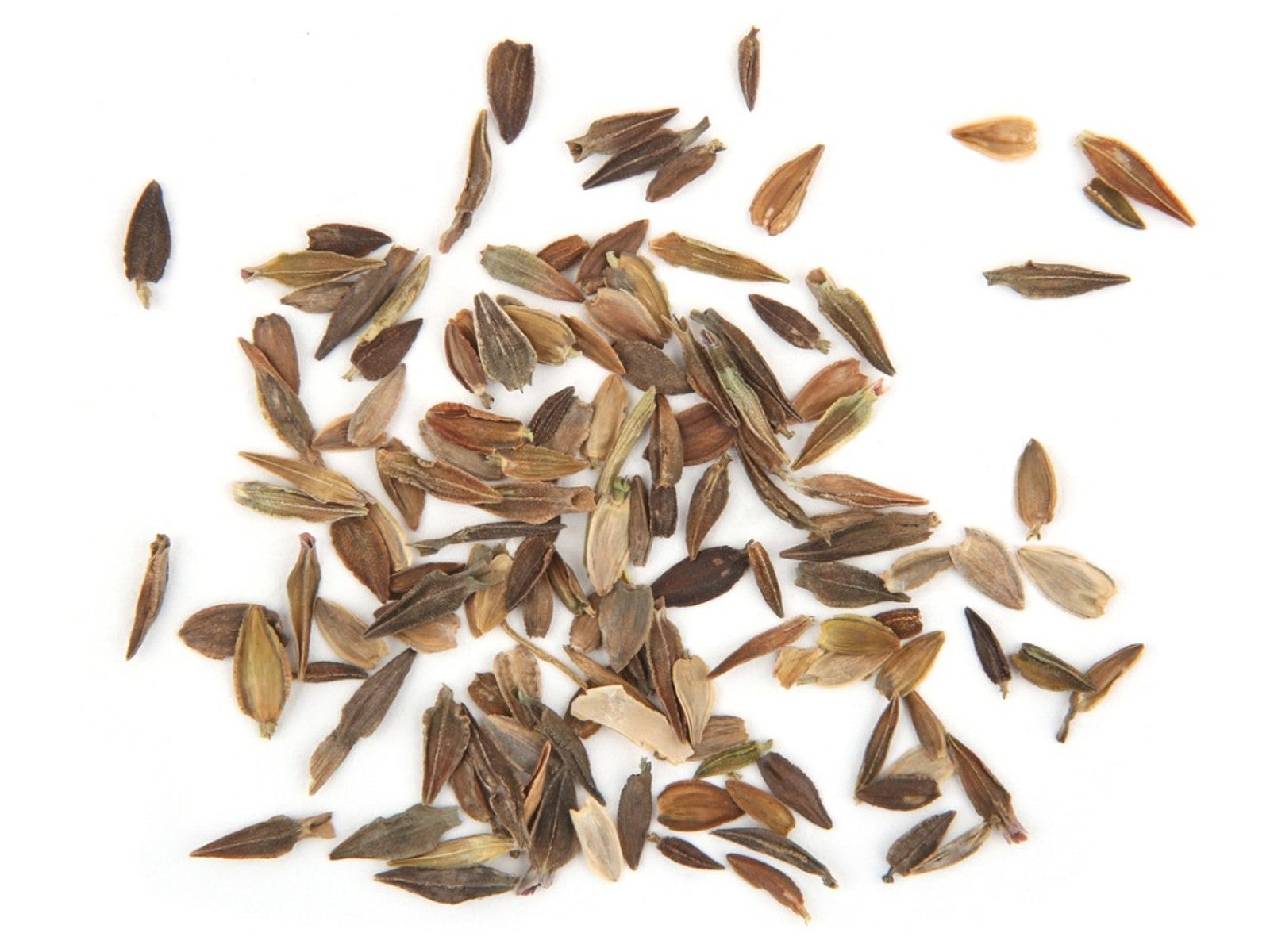

Seed saving is an important skill for any gardener. While growers of open-pollinated vegetables undoubtedly benefit from learning to save their own seeds, the same can also be said of flower growers. Fortunately, the process is relatively straightforward. Below we will explore how to harvest zinnia seeds in greater detail.
How to Save Zinnia Seeds
Before gardeners are able to begin collecting zinnia seeds, they will first need to make certain the selected plants are open-pollinated. While hybrid varieties of zinnia can be quite beautiful, there is no guarantee that they will grow true-to-type from saved seed. Each bloom will also need to be allowed to fully open and remain on the plant. This means allowing for the flower head to dry completely on the plant, until it has turned brown. At this time, the flower should feel brittle or crunchy when squeezed between the fingertips. Once this has occurred, the seed pod can be removed. Zinnia seeds which have not been allowed to mature completely may not be viable or may be very difficult to germinate.
Once removed, gardeners can use gloved hands to begin plucking the petals and middle florets from the flower head. As this is done, fully mature seeds should begin to fall from the ray petals, as well as the seed cone. Mature seeds will be thick and feel firm and full when gently pinched between fingertips. Lightweight or empty seed pods are likely not viable and can be discarded as the seed, chaff, and other plant matter are winnowed.
What Do Zinnia Seeds Look Like?
Those collecting zinnia seeds from flowers will notice two distinct types of seed produced from each bloom— those that are long and pointy and those which are more rounded. Long, pointed seeds are the result of pollination which has occurred at the ray petals, while rounded seeds are produced from each floret. Both types of seeds are likely to be viable, depending upon the success of pollination. Most experts suggest keeping and storing both types of seed in a cool, dark place until the arrival of spring. With a little planning, saved seed can fill the summer garden with a beautiful expanse of color.
Gardening tips, videos, info and more delivered right to your inbox!
Sign up for the Gardening Know How newsletter today and receive a free copy of our e-book "How to Grow Delicious Tomatoes".

Tonya Barnett has been gardening for 13 years. Flowers are her passion. She has transformed her backyard into a cut flower garden, which she regularly chronicles on her YouTube channel http://www.youtube.com/@tonyawiththeflowers.
-
 Looking For Plants To Give You The Soft And Fuzzies? Try These 5 Fuzzy Leaf Plant Options
Looking For Plants To Give You The Soft And Fuzzies? Try These 5 Fuzzy Leaf Plant OptionsLovers of texture, drama, silver foliage and tactile plants will adore these special sensory garden additions. These fuzzy leaf plant options will leave you all aglow
By Susan Albert
-
 Get Ready For A Summer Of Hummers! Grow These Full Sun Hummingbird Plants and Flowers
Get Ready For A Summer Of Hummers! Grow These Full Sun Hummingbird Plants and FlowersIf you’re lucky enough to enjoy a sunny backyard, make sure you are maxing out on your pollinator opportunities and grow these full sun hummingbird plants and flowers
By Tonya Barnett
-
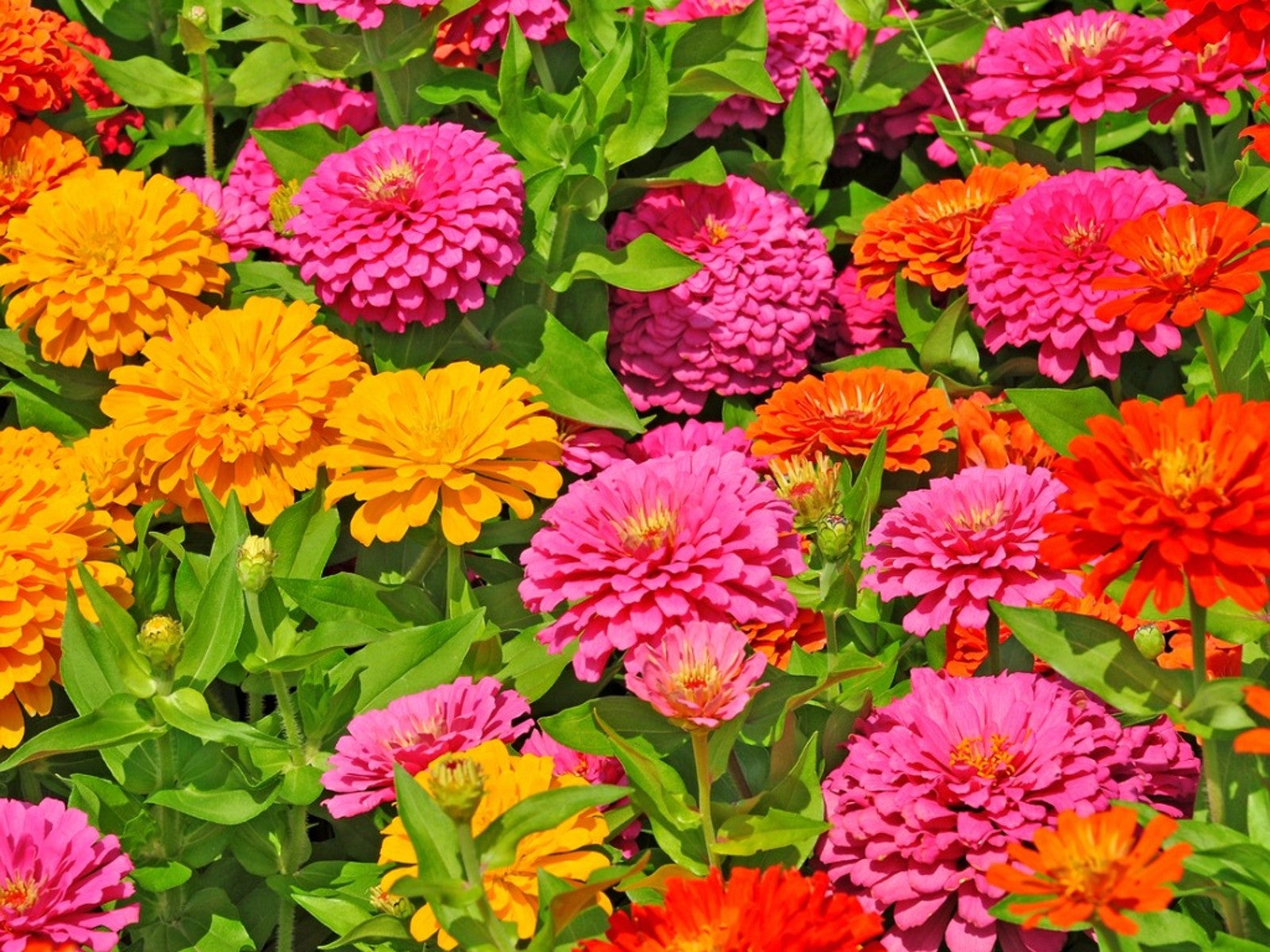 Growing Zinnias From Seed For Beginners
Growing Zinnias From Seed For BeginnersEven beginners can grow loads of beautiful zinnia blooms. Keep reading to learn how to grow zinnias from seed.
By Laura Walters
-
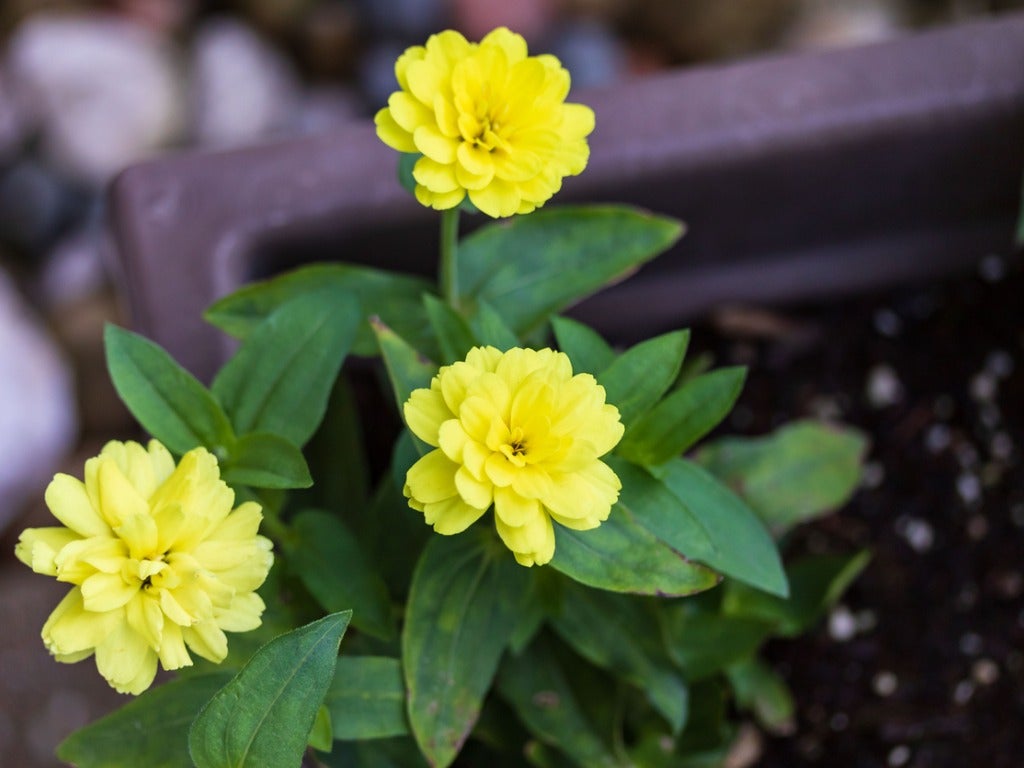 Growing Indoor Zinnias: Caring For Zinnias As Houseplants
Growing Indoor Zinnias: Caring For Zinnias As HouseplantsZinnias typically aren’t well-suited for the indoor environment; however, if you’re interested in trying your hand at indoor zinnias, click to learn more.
By Mary H. Dyer
-
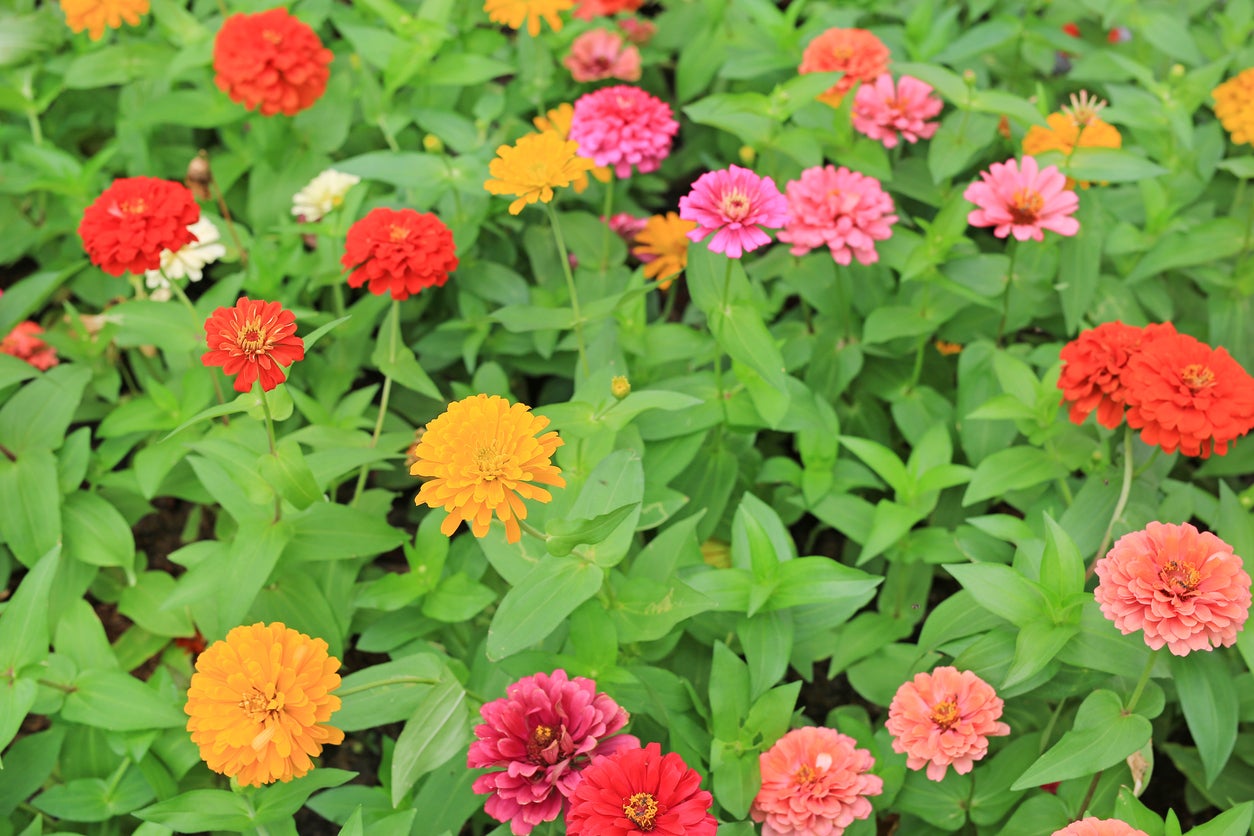 Choosing Zinnia Varieties – What Are The Different Kinds Of Zinnia
Choosing Zinnia Varieties – What Are The Different Kinds Of ZinniaThere is such a dizzying array of zinnia varieties that it’s almost difficult to decide what zinnia to plant. To help you decide, the following article discusses different zinnia plant types and how to incorporate them into the landscape. Click here for more info.
By Amy Grant
-
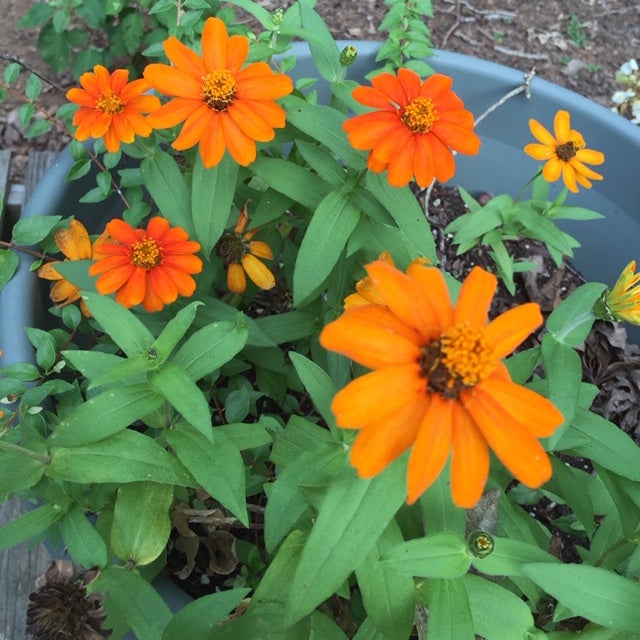 Potted Zinnia Plants: How To Care For Container Grown Zinnias
Potted Zinnia Plants: How To Care For Container Grown ZinniasZinnias in pots can look just as lovely, if not more so, than those planted in beds. Zinnias are colorful additions to any flower garden - they’re great for cutting, they are easy to grow and start from seed - so they make a great choice for container gardening. Learn more here.
By Mary Ellen Ellis
-
 Zinnia Plant Staking – How To Stake Zinnia Flowers In The Garden
Zinnia Plant Staking – How To Stake Zinnia Flowers In The GardenSome zinnia plants grow so tall that gardeners wonder about staking. Do zinnias need to be staked? Click the following article for information about zinnia plant staking and types of support for zinnia flowers in the garden.
By Teo Spengler
-
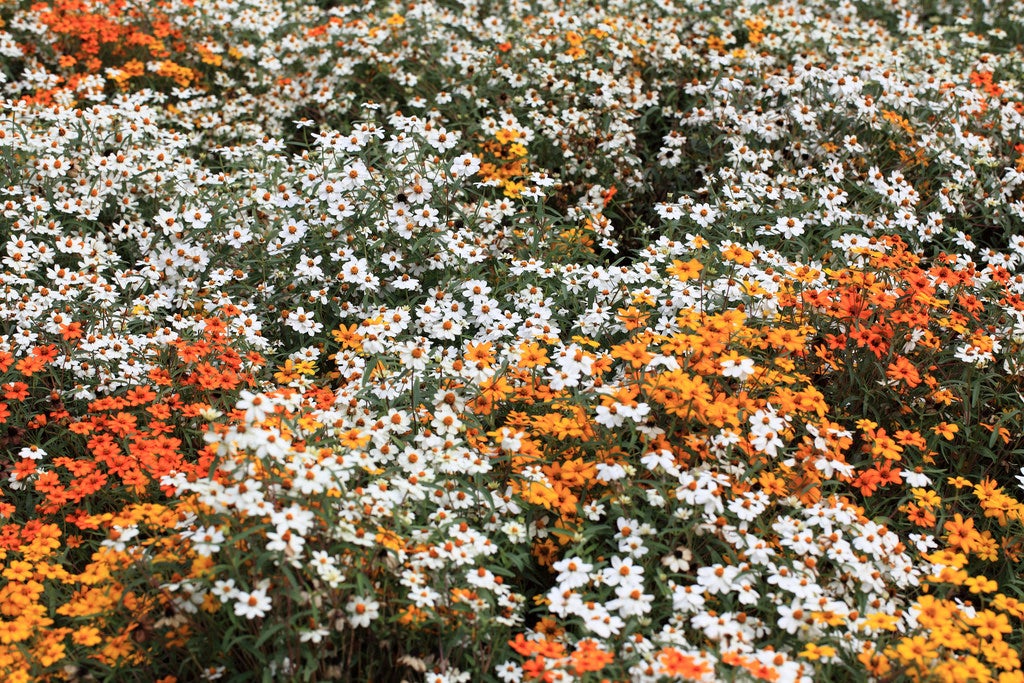 Creeping Zinnia Info: How To Grow Creeping Zinnia Flowers
Creeping Zinnia Info: How To Grow Creeping Zinnia FlowersEasy to plant with long-lasting color, you should consider growing creeping zinnia (Zinnia angustifolia) in your flower beds and borders this year. What’s so special about it? Click on the following article for more information.
By Becca Badgett
-
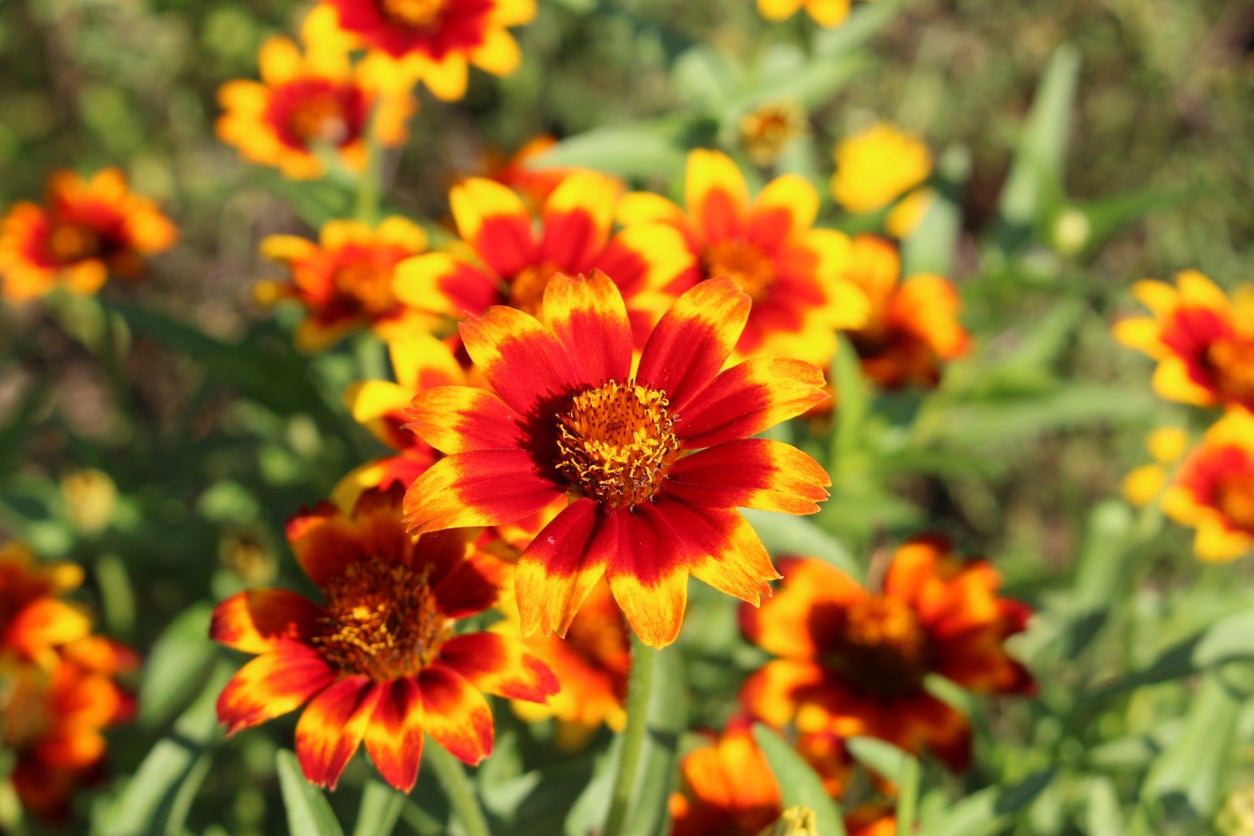 What Is Mexican Zinnia – Growing Mexican Zinnias In The Garden
What Is Mexican Zinnia – Growing Mexican Zinnias In The GardenIf you are looking for brilliantly colored flowers that spill over the edge of containers, consider growing Mexican zinnia, which blooms in bright colors all season long. For more information about Mexican zinnia flowers and tips on plant care, click here.
By Teo Spengler
-
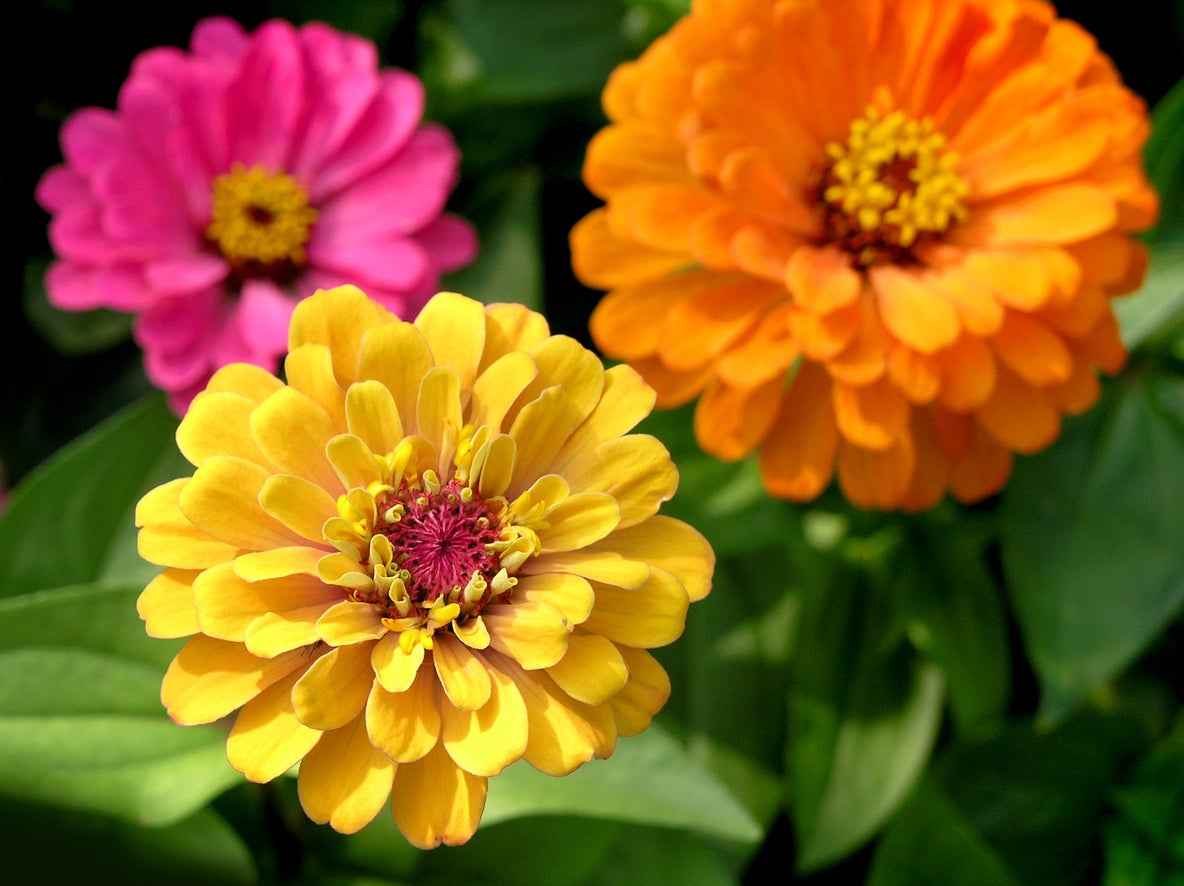 Zinnia Plant Cultivars – What Are Some Popular Kinds Of Zinnias To Grow
Zinnia Plant Cultivars – What Are Some Popular Kinds Of Zinnias To GrowMany gardeners have fond memories of zinnias, and they are once again gaining popularity among a new generation of home growers. Zinnia flower varieties come in a wide range of colors, sizes, and shapes. Click this article to learn more.
By Tonya Barnett